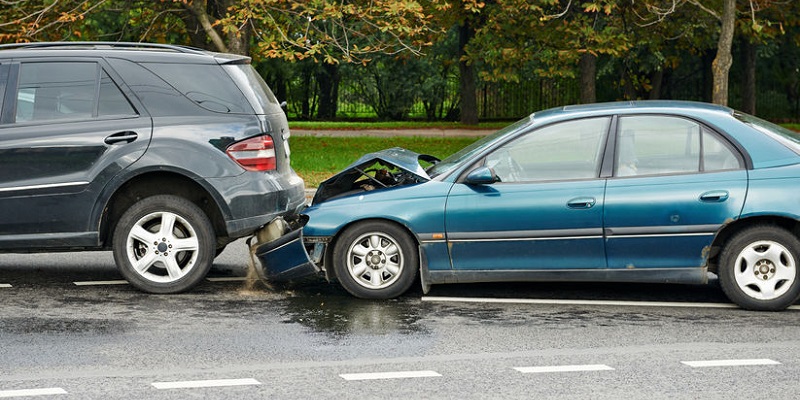Pre-existing injuries usually do not hurt Colorado auto accident claims when the victim sustained an aggravation of a prior injury, unless he lies about it or tries to hide it.
How Is Recovery for Previously Injured Plaintiffs Affected?
When an auto accident occurs, most people are naturally concerned with the injuries sustained as a direct result of the collision, not the injured person’s particular circumstances that might unexpectedly exacerbate the damage done.
Defendants Take Their Victims as They Find Them
The eggshell skull rule makes a defendant liable for unforeseeable and uncommon reactions to the defendant’s negligence, resulting from a pre-existing condition. The defendant takes his victim as he finds him; he is not allowed to speculate on how serious the injuries might have been had the accident happened to someone with normal or average health. It’s simply his bad luck that he injured someone with an unknown pre-existing injury or condition that makes the injury greater than what may have been sustained by another, perhaps healthier, person.
Although plaintiffs might think that the existence of a pre-existing injury will work against them, the existence of a new injury caused by trauma can make their case even more believable. Irrespective of the state of the victim’s health, the eggshell skull rule says the plaintiff is not at fault for his condition and the person who injured him is fully liable for the damages he caused.
What Is a Pre-Existing Condition?
A pre-existing injury is one that occurred prior to another incident. There are three types of pre-existing conditions:
- Those that are present prior to an accident but are not painful
- Those that are present, cause pain, and become exacerbated by an accident
- Those that are present, cause pain, and remain the same after an accident.
But simply because a plaintiff has a past injury that makes him more vulnerable to an additional injury, does not prevent him from being compensated for his damages. Recovery of damages for aggravation of injuries is allowed because if not for the accident, the plaintiff would not be having increased pain. Only in cases in which the injury remains the same after an accident is a plaintiff potentially not eligible to recover damages.
How Are Damages Calculated in Colorado Eggshell Skull Cases?
Pre-existing injuries usually do not hurt Colorado auto accident claims when the victim sustained an aggravation of a prior injury unless he lies about it or tries to hide it. If the victim discloses his prior condition, it might even result in a higher settlement award if the damage sustained was more severe because of a weakness from the pre-existing injury.
When figuring the damages in an eggshell skull case, an adjustment has to be made for the possibility that the injured person’s pre-existing condition would have resulted in harm, even if there had been no accident. But the defendant will be held liable only for the extent to which his conduct resulted in aggravation of the pre-existing condition, but not for the condition as it was. He will not be found liable if the claim is unrelated or extremely out of proportion to his negligent behavior.
It may not seem logical, but if an eggshell plaintiff suffers an injury that is greater than that of a normal person under similar circumstances, the defendant will have to deal with being exposed to greater damages due to the fact that hurting someone more susceptible to injury is his problem, no one else’s.

